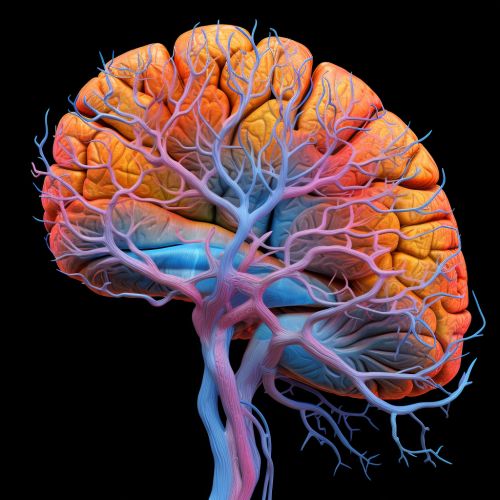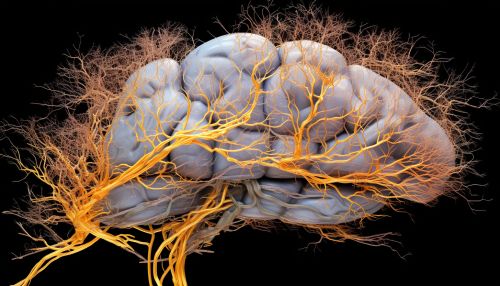Cognitive Neuroscience of Creativity in Scientific Discovery
Introduction
Cognitive neuroscience is a branch of neuroscience that explores the biological processes that help us to understand complex behaviors and how they are related to the brain. It combines the principles of psychology, biology, neurology, chemistry, and mathematics to provide a comprehensive understanding of human cognition. One of the areas where cognitive neuroscience has made significant contributions is in understanding the creative process, particularly as it relates to scientific discovery.
Creativity in scientific discovery involves the generation of new ideas or the novel recombination of existing ideas. It is a complex cognitive process that involves several brain regions and cognitive functions. The cognitive neuroscience of creativity in scientific discovery is a rapidly growing field that seeks to understand the neural and cognitive mechanisms underlying this process.
Cognitive Neuroscience and Creativity
Cognitive neuroscience has provided valuable insights into the neural correlates of creativity. Studies using neuroimaging techniques such as functional magnetic resonance imaging (fMRI) and positron emission tomography (PET) have identified several brain regions involved in creative thinking. These include the prefrontal cortex, the temporal lobes, and the default mode network, among others.
The prefrontal cortex is involved in executive functions such as decision making, problem-solving, and planning. It plays a critical role in creative thinking by enabling the generation and evaluation of novel ideas. The temporal lobes, on the other hand, are involved in semantic memory and the processing of sensory information. They contribute to creativity by providing the raw material for the generation of new ideas.
The default mode network is a network of brain regions that is active when the brain is at rest and not focused on the outside world. It is involved in self-referential thinking, daydreaming, and mind-wandering, all of which are thought to contribute to creativity. The default mode network is thought to facilitate the generation of novel ideas by allowing the brain to make remote associations and to integrate information in novel ways.


Creativity in Scientific Discovery
Creativity is a crucial component of scientific discovery. It involves the generation of novel and useful ideas that contribute to the advancement of science. The cognitive neuroscience of creativity in scientific discovery seeks to understand the neural and cognitive mechanisms that underlie this process.
One of the key cognitive processes involved in scientific discovery is divergent thinking. Divergent thinking is the ability to generate a wide range of ideas from a single starting point. It is associated with creativity and is thought to involve several brain regions, including the prefrontal cortex and the default mode network.
Another important cognitive process in scientific discovery is convergent thinking. Convergent thinking is the ability to find the single best solution to a problem. It is associated with logical reasoning and problem-solving and is thought to involve the prefrontal cortex and the anterior cingulate cortex.
Scientific discovery also involves the ability to recognize the value of an idea, which is a critical aspect of creativity. This involves the evaluation of ideas for their novelty and usefulness, which is thought to involve the prefrontal cortex and the anterior cingulate cortex.
Future Directions
The cognitive neuroscience of creativity in scientific discovery is a rapidly growing field. Future research is likely to focus on further elucidating the neural and cognitive mechanisms underlying creativity in scientific discovery. This could involve the use of advanced neuroimaging techniques to identify the specific brain regions and networks involved in creative thinking.
Another important area of future research is the development of interventions to enhance creativity in scientific discovery. This could involve the use of cognitive training, neurofeedback, or brain stimulation techniques to enhance the functioning of the brain regions and networks involved in creative thinking.
See Also
Cognitive Neuroscience Creativity Scientific Discovery Divergent Thinking Convergent Thinking
